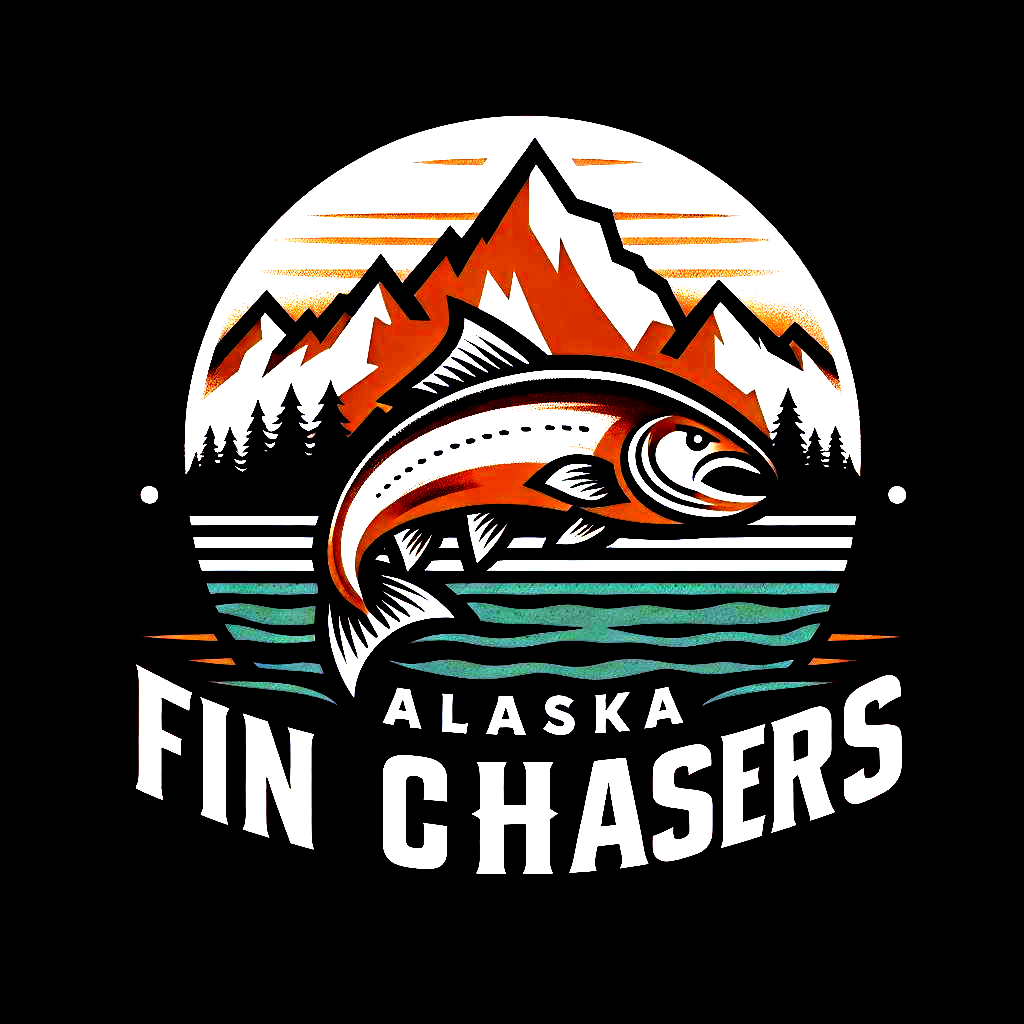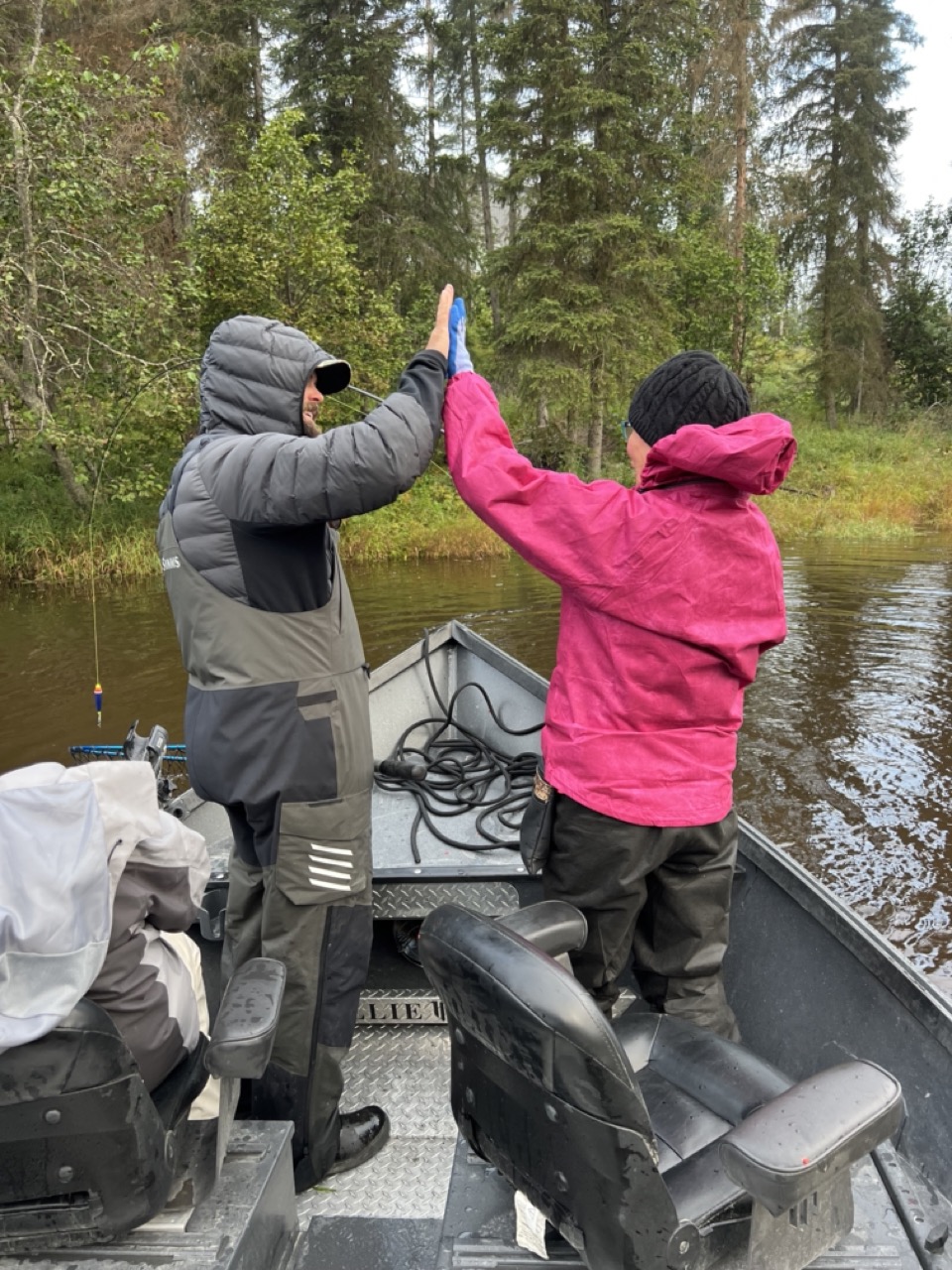
As you prepare for your fly fishing trip to Alaska, you’re most likely brimming with excitement. Countless nights spent dreaming of that trophy King Salmon in your hands, Bald Eagles overhead, and Brown Bears on the opposite bank are all coming to fruition. But now comes the hard part: what do I need to pack? Luckily, we’re here to help ensure you remember everything.
Fly Rods and Reels
We recommend a 6-7 weight fly rod for species like Trout and Dolly Varden. Make sure you choose one with fast-action often times we’re battling the conditions just as much as the fish.
For King Salmon, make sure you bring along at least a 9-10 weight fly rod. These fish are about as big and strong as they come. Growing up to 4 feet and over 100 lbs, you’ve got to be prepared.
An 8-9 weight fly rod will cover you for Silver Salmon, Sockeye Salmon and Steelhead.
Make sure you have a quality reel to match, with a strong drag and ample backing capacity. We recommend 150-200 yards of 20lb Dacron backing for Trout, Dolly Varden, Silver Salmon, Sockeye Salmon, and Steelhead. For King Salmon, you should come equipped with at least 250 yards of 30lb Dacron backing.
Fly Lines and Leaders
Be sure you bring a weight-forward floating line sized according to the fly rod you’re fishing. We also recommend bringing either sink tips or an integrated full sinking line. For Trout, Dolly Varden, Silver Salmon, Sockeye Salmon, and Steelhead, a 250-grain weight will work great. For King Salmon, bring a 350-grain head, and you will be set.
We recommend bringing a range of leaders and tippet from 0X to 4X.

Flies for Alaska
Scrambling to the Fly Shop the day before your trip is always overwhelming and is a surefire way to guarantee you’ll forget at least one of the best patterns. The list below will ensure you have the essentials, and we’ll let you know what else you should grab based on the time of year.
Streamers will be productive for many of the species we’re targeting. Be sure to grab the classics, such as the Dolly Llama (White/Black, White/Purple, Black/Purple), Circus Peanuts, and Sculpzillas.
Skating Mouse patterns on the surface can produce some incredible eats, and is a tactic that anglers from around the world travel here to experience. Lots of patterns will work, but make sure you have a few Morrish Mice and Mr. Hankies.
Patterns for targeting our range of salmon species are broad, and really depend on the desired tactic. Generally, you should bring the following:
Clouser Minnows (pink or chartreuse), Bunny Leeches (purple or black), Egg Sucking Leeches, Flesh & Egg Sucking Crystal Buggers, Glo-Bugs and Bead Eggs (various sizes and colors).
Our Rainbow trout will largely eat the same patterns you’re familiar with. Keep it simple and grab some Prince Nymphs, Hare’s Ear Nymphs, Copper Johns and Parachute Adams, Elk Hair Caddis, and Royal Wulffs for dry flies.
Clothing for Alaska
Alaska’s weather can be unpredictable, so it’s important to pack clothing that can be layered for warmth. In the early season, expect temperatures ranging from 50-60 degrees. Later in the summer, you should expect temperatures in the 60-70 degree range. It’s really important to bring moisture-wicking base layers and insulating mid-layers. Layering appropriately will keep you comfortable all day, keeping you focused on the fishing. Finally, waterproof and windproof outer layers will help you stay dry and warm if things get nasty.
Wading Gear
Remember to pack your waders (leak-free, ideally). The terrain you’ll be fishing can often be unforgiving, so you’ll want those trusty waders to protect you while bushwacking as well as keep you warm while fishing. A wading staff can often be beneficial with how slick and swift our rivers can get. Don’t forget to pack your wading boots as well (rubber-soled only). Other gear to consider are polarized sunglasses, a mosquito head net, bug spray, bear spray, and any other on-the-water essentials.


